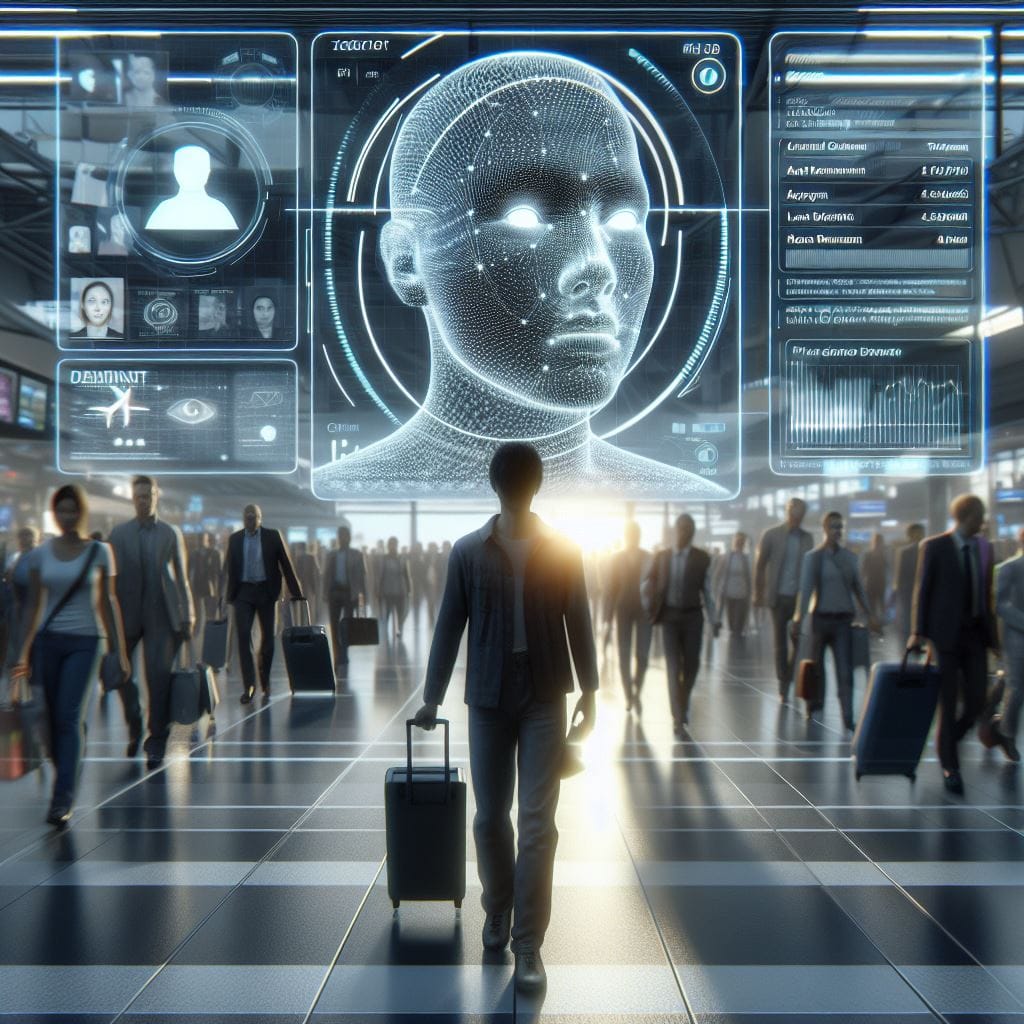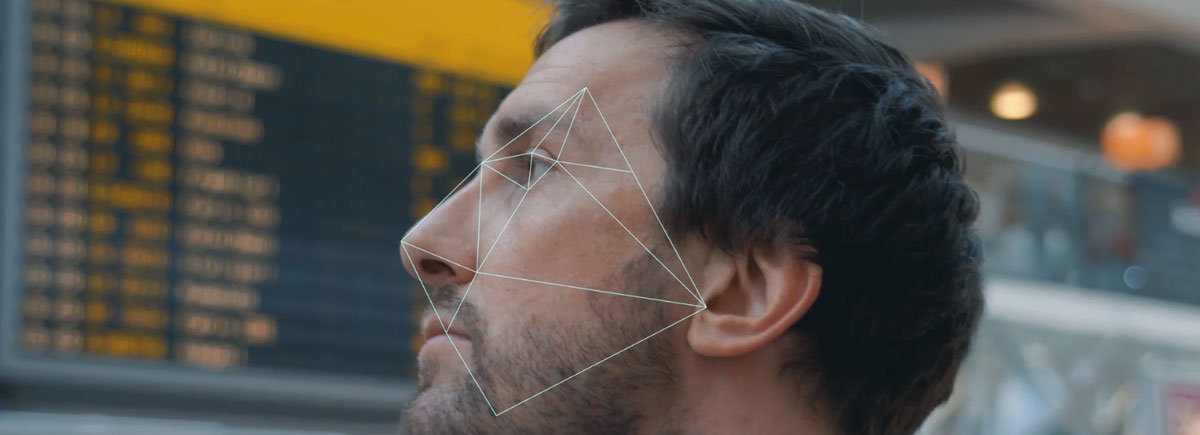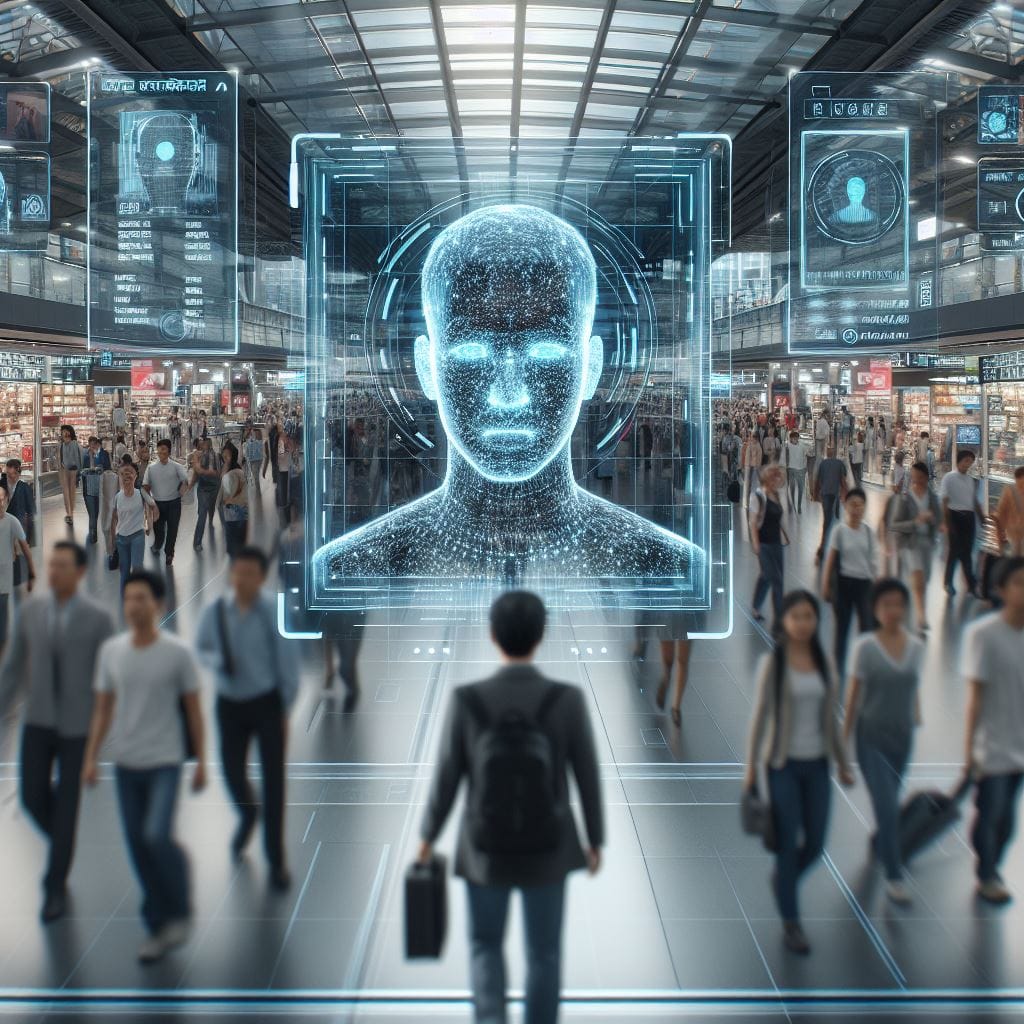FRT laws focus on giving power to enforcement at the expense of personal freedoms and privacies. Is this the technology that facilitates an Orwellian future or is this the innovation that propels humanity to greater heights?
Welcome to the second instalment of our exploration into Facial Recognition Technology.
If you missed part one of this article please follow the below link:

The Face Of Tomorrow Part One
In this article, we look into crucial aspects of FRT, focusing on the legal frameworks and regulations governing its use.
Legal Framework and Regulations:
Legal frameworks and regulations are playing a key role in the evolution of this technology, encompassing existing laws and emerging regulations. Each carrying significant implications including addressing concerns related to privacy, security, and ethical considerations. The web of rules guiding the deployment of FRT seeks to strike a balance between innovation and safeguarding individual rights.
As authorities grapple with the challenges and opportunities this technology presents. Various jurisdictions have introduced laws and regulations that aim to define the permissible uses, addressing concerns related to privacy, security, and potential misuse. Examining the existing laws provides insights into the diverse approaches governments have taken to manage the deployment of this technology.
For instance the following states have taken the below approach:
- United States:
The United States has seen a growing push for regulations at both federal and state levels. Some states, like California, have enacted laws addressing the use of facial recognition technology in law enforcement. Additionally, there have been discussions at the federal level to establish comprehensive guidelines.
- European Union:
The EU, known for its robust data protection regulations, has been actively working on guidelines for the ethical use of facial recognition. The General Data Protection Regulation (GDPR) lays down principles for the lawful processing of biometric data, including facial recognition, with an emphasis on obtaining explicit consent.
- China:
China has been at the forefront of facial recognition technology development and the government has started implementing regulations. For instance, in 2019, the city of Beijing introduced rules to protect citizens' rights, requiring explicit consent for certain uses of facial recognition.
- Canada:
Privacy commissioners in different provinces have been active in studying the impact of this technology on privacy rights. The focus has been on ensuring that individuals are informed and have control over the collection of their biometric data.
- Australia:
Privacy and data protection authorities are working towards creating a framework that balances the benefits of the technology with the protection of citizens' privacy rights.
- Ireland:
Recently you may have seen riots in Dublin, Ireland. This was caused by deep anger amongst local people with regard to immigration and housing. There were school children stabbed by an immigrant. It later came out that the man in question had lived in the state for over 15 years and had never worked. This sparked a massive riot fuelled by anger from what locals see as a failure in policies by the government. The government was already drafting a bill to limit 'hate speech' but now after the riots they see an opportunity to implement FRT technology to deter recent events from happening again. This seems like an attack on freedom of speech and freedoms in general. Elon Musk was also very vocal in opposing it.
The Government has approved the publication of a draft bill that would allow An Garda Síochána to use facial-recognition technology (FRT) in specified circumstances:

Elon Musk says Dáil vote on hate crime bill a ‘massive attack on freedom of speech’:
Case Studies:
Instances of successful implementation underscore the technology's potential benefits in various domains. One notable example is the use of FRT in enhancing airport security and streamlining immigration processes. Systems like the one implemented by the US Customs and Border Protection (CBP) demonstrate effectiveness in efficiently processing international passengers. Another success story lies in commercial applications, where FRT aids in retail analytics, identifying known shoplifters, and enhancing personalized customer experiences. Successful implementation is not confined to security and commerce; it extends to diverse sectors, showcasing its versatility and adaptability.
AI facial recognition technology is used for several reasons: to help secure and monitor environments, improve user experience, or even for pandemic control. Below are the top use cases of facial recognition.
- Access Control
- Security and Surveillance
- Health and Safety
- Time and Attendance
- eKYC and Fintech
- Smart Retail and Personalized Customer Experiences
- Law Enforcement
Controversial use cases have generated considerable public concern and debate. One notable controversy revolves around the deployment of FRT in public surveillance systems, where individuals may be identified without their explicit consent. The potential for abuse and privacy infringements has led to pushback from civil liberties advocates and concerned citizens. The public's reactions to these controversial use cases vary, with growing calls for increased regulation and transparency in deployment.
11 effective uses explored in this article:

Where is facial recognition used?
Case Study: Does Facial Recognition Tech Enhance Security?:

Future Trends and Developments
Advancements have been notable in recent years, driven by rapid progress in machine learning and computer vision. These developments have significantly enhanced the accuracy and efficiency of systems. Improved algorithms and neural network architectures, particularly convolutional neural networks, have contributed to better face detection, analysis, and recognition. Moreover, advancements in hardware, such as high-resolution cameras and specialized processing units, have bolstered the capabilities. These technological strides are expanding the range of applications and use cases for FRT, from security and law enforcement to commercial and personal applications.
Researchers and developers are actively working on mitigating biases and inaccuracies present in the algorithms. Ethical considerations related to privacy are being tackled through the development of privacy-preserving techniques, including decentralized and on-device processing of facial data. Innovations in explainable AI are enhancing transparency, allowing users and stakeholders to understand how the systems operate. Striking a balance between technological advancements and ethical considerations is crucial for fostering public trust and ensuring that FRT contributes positively to society.
One future development that I see as being a positive is Driver Monitoring:
For example if the onboard FRT in the vehicle can tell if a passenger has fallen asleep, is having a stroke or appears to be drunk, this could prevent a lot of accidents. Eventually self driving vehicles will most likely take over but in the coming years this technology could already be implemented and help reduce the deaths on the road.
7 New Facial Recognition Technology Trends To Boom In The Future:

Conclusion:
In conclusion, this series has looked into various aspects of this technology, from its inception and workings to its applications and ethical considerations. The legal environment, instances of successful implementation, and controversial use cases have been assessed. Advancements and its potential applications, marked by innovations addressing ethical concerns, underscore the energy of this field. As we recap key points, it's evident that while FRT brings forth unprecedented advantages in security, identification, and convenience, it is not without its challenges. The delicate balance between reaping benefits and mitigating risks remains crucial. As the technology continues to evolve, the need for thoughtful regulation, ethical guidelines, and public discourse becomes paramount to ensure the responsible and equitable future deployment. Striking this balance will be instrumental in fostering societal acceptance and maximizing the positive impact.











Comments ()